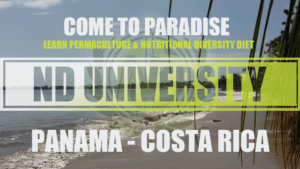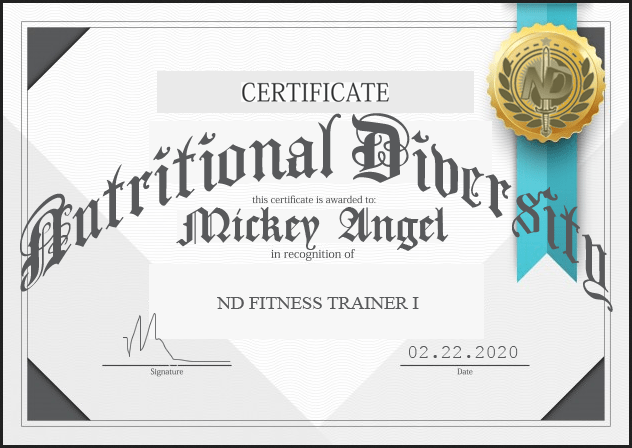Abstract
Bananas & Plantains : Royal Species of Productive, Strong and Friendly Foods
So much can be said for this fast growing food! We grow lots of bananas and plantains here at the Nutritional Diversity & Permaculture farm in Panama. They are strong fast growers and along with papayas area a great starting canopy for shrubs and other smaller sized plants. Perennials, and productive at that, these are…
-
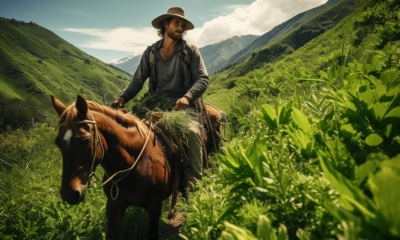
 Agriculture2 years ago
Agriculture2 years agoWhy Small Alternative Tropical Agriculture is the Best Investment Today
-

 Special Elements5 years ago
Special Elements5 years agoBest Garlic Vine Rankings, Benefits, Side Effects & Experience
-

 Special Elements3 years ago
Special Elements3 years agoBest Pre-Workout Supplement Rankings, Benefits, Side Effects & Experience
-
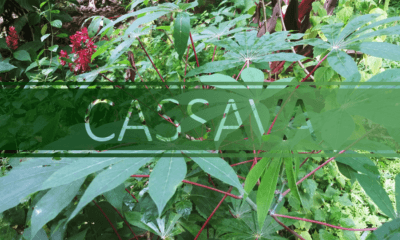
 Special Elements3 years ago
Special Elements3 years agoBest Cassava Manioc, Rankings, Benefits, Cancer Cure & Experience
-
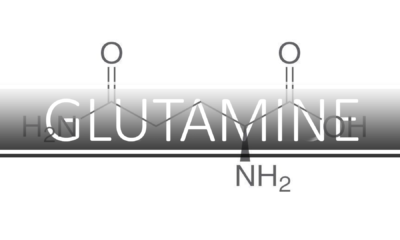
 Special Elements3 years ago
Special Elements3 years agoBest Glutamine Rankings, Benefits, Side Effects & Experience
-
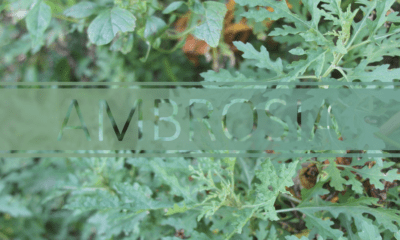
 Special Elements5 years ago
Special Elements5 years agoBest Ambrosia, Wormwood Rankings, Benefits, Side Effects & Experience
-
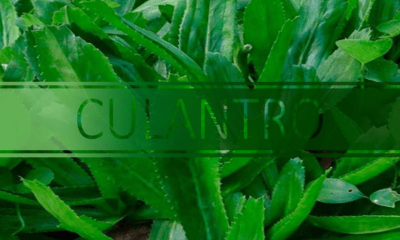
 Special Elements5 years ago
Special Elements5 years agoBest Culantro Rankings, Benefits, Side Effects & Experience
-
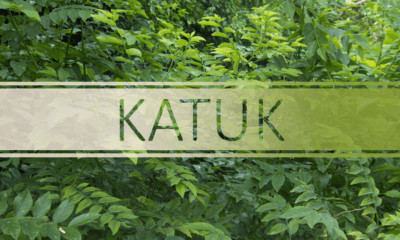
 Special Elements3 years ago
Special Elements3 years agoBest Katuk Rankings, Benefits, Side Effects & Experience


